Ju Lutem ("Please")
My third week in Pristina! Katie (whose blog is here and you should absolutely go read!) and I explored around the city a bit more. We walked down Nënë Tereza (Mother Teresa Blvd) which is an expansive walkway that generally attracts internationals as well as families enjoying a summer stroll. Lining the street are dozens of cafes with outside tables, these adorable little glass structures of booksellers, and an ice cream cart every ten steps. We didn't realize it was Children's Day in Pristina and every street was packed with families, strollers, and the occasional toddler driving in a motorized toy car.
We then stopped at the main square with the Skenderbeg Statue. This is a copy of the original statue in Albania showcasing their famed hero, Gjergi Kastrioti. In the 1400s, Kastrioti lived in the Ottoman court as a child captive while his father ruled in northern Albania under Turkish control. He returned to Albania as an adult to serve as an Ottoman administrator but when a Hungarian campaign against the Ottomans started, Kastrioti led his own revolt. He united all of the northern Albanian clans and fought for almost 25 years against the Ottomans. Heavily outnumbered, his revolt eventually ended with his death but he is considered a prominent symbol of Albanian nationalism and solidarity. His monuments can be found in every major Balkan capital.

Surrounding the statue are government buildings, including the Prime Minister's office. Katie found a few more interesting monuments not in our guidebooks. One was a memorial to those who died on September 11, 2001 in New York and the other was a memorial to the old Pristina synagogue and the Kosovo Jewish community who died during the Holocaust.
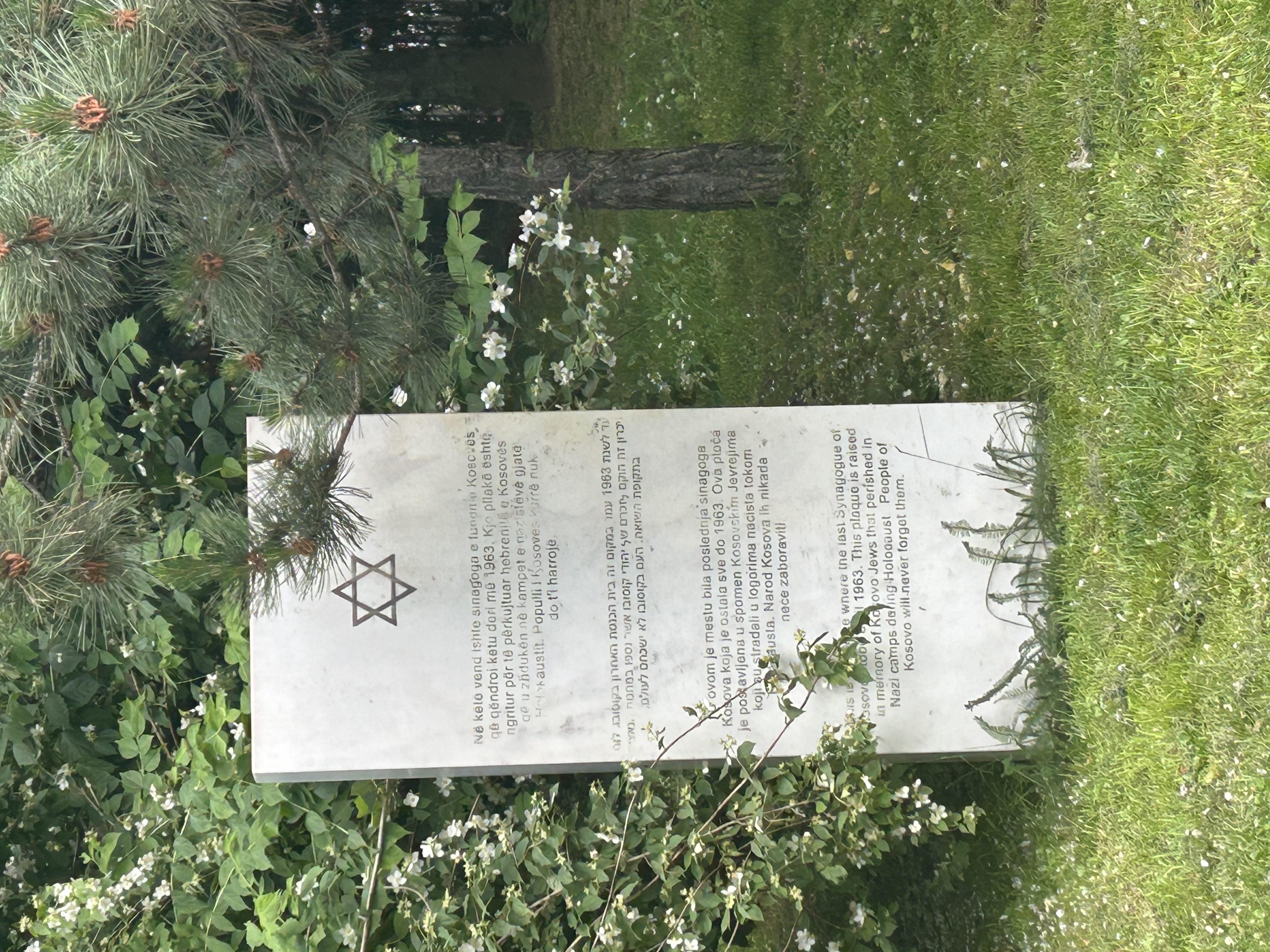
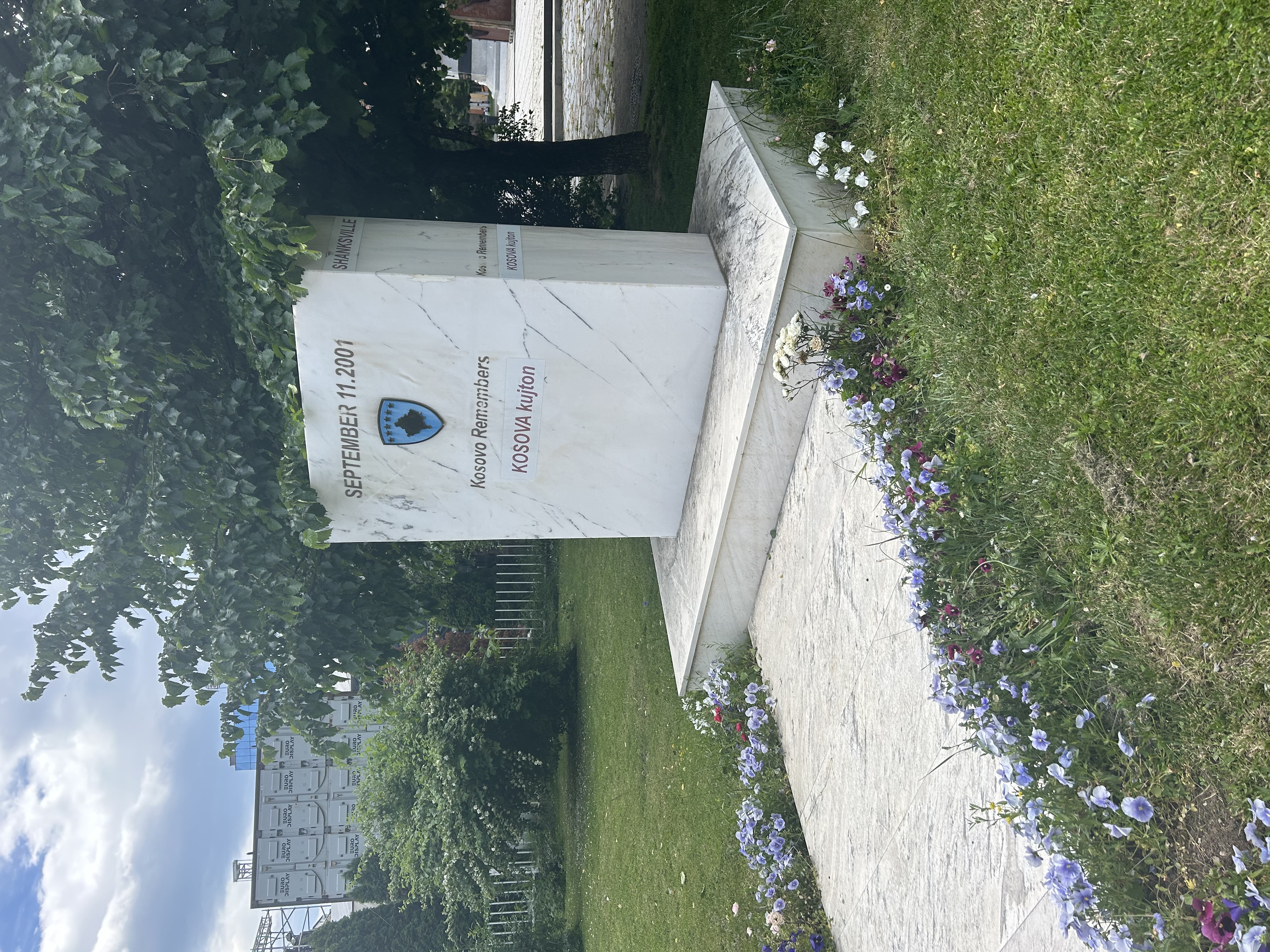
The two memorials are tucked away from the busy square and face each other with a small walkway between. It makes for a quiet resting place away from the summer crowds.
Still in the square, we found the Kosovo National Theatre, a bright orange building that was once a socialist department store (and then a UN building), and the old Union Hotel, of the few remaining Austrian-Hungarian buildings in the city (which now houses a United Colors of Benetton store). Continuing from the square towards the old town, we found the Çarshi mosque ("Bazaar mosque"), a 15th-century mosque commemorating the Ottoman victory in 1389. It's believed to be the oldest standing building in Pristina and once overlooked an immense bazaar with hundreds of shops selling jewelry, leather goods, and metalwork. However, with the rise of communism, the Ottoman-style bazaar was dismantled to create a modern concrete city. There is a strange spiky white monument in the middle of a facing square from the mosque called the Yugoslav Brotherhood and Unity monument.
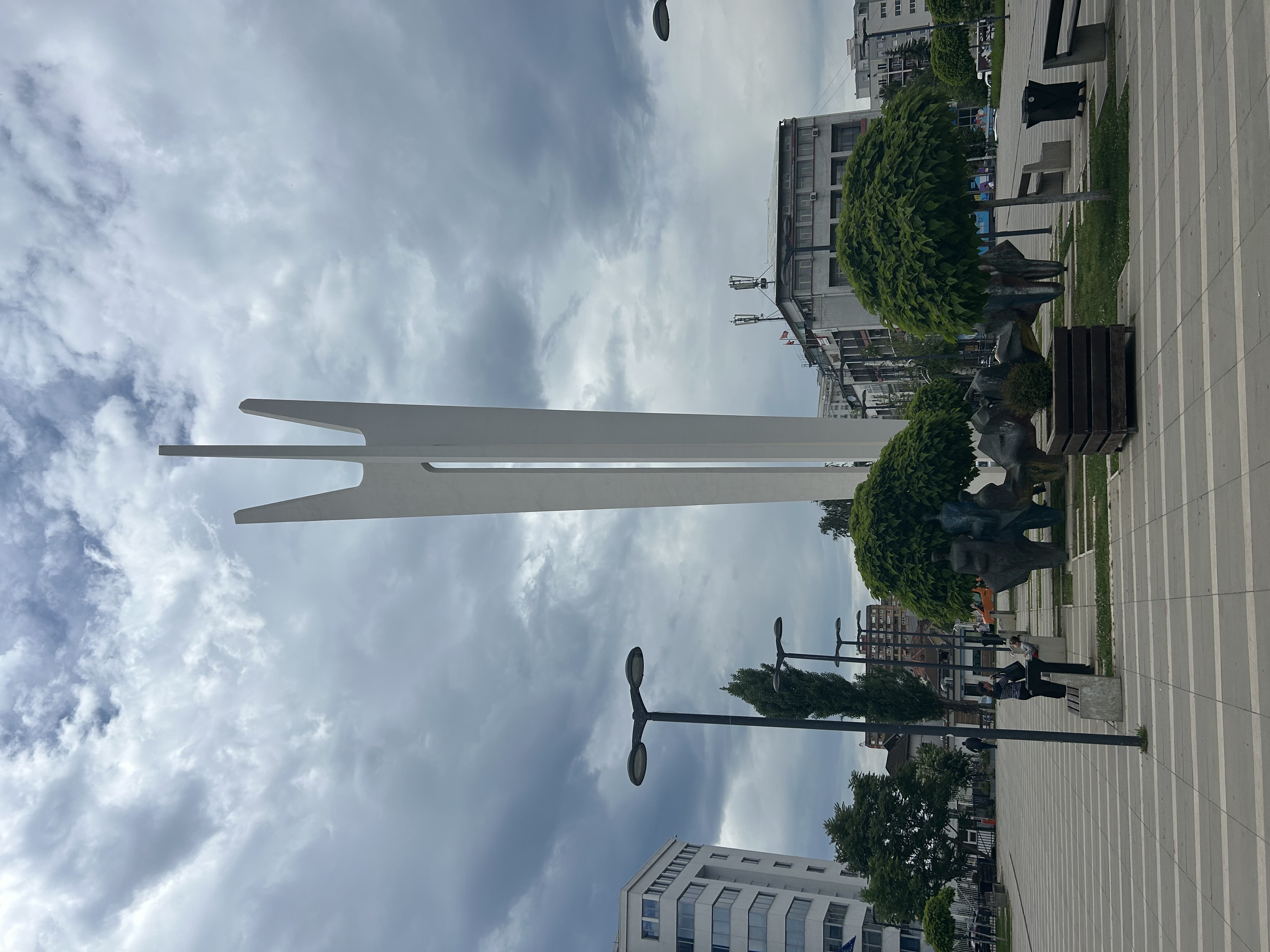
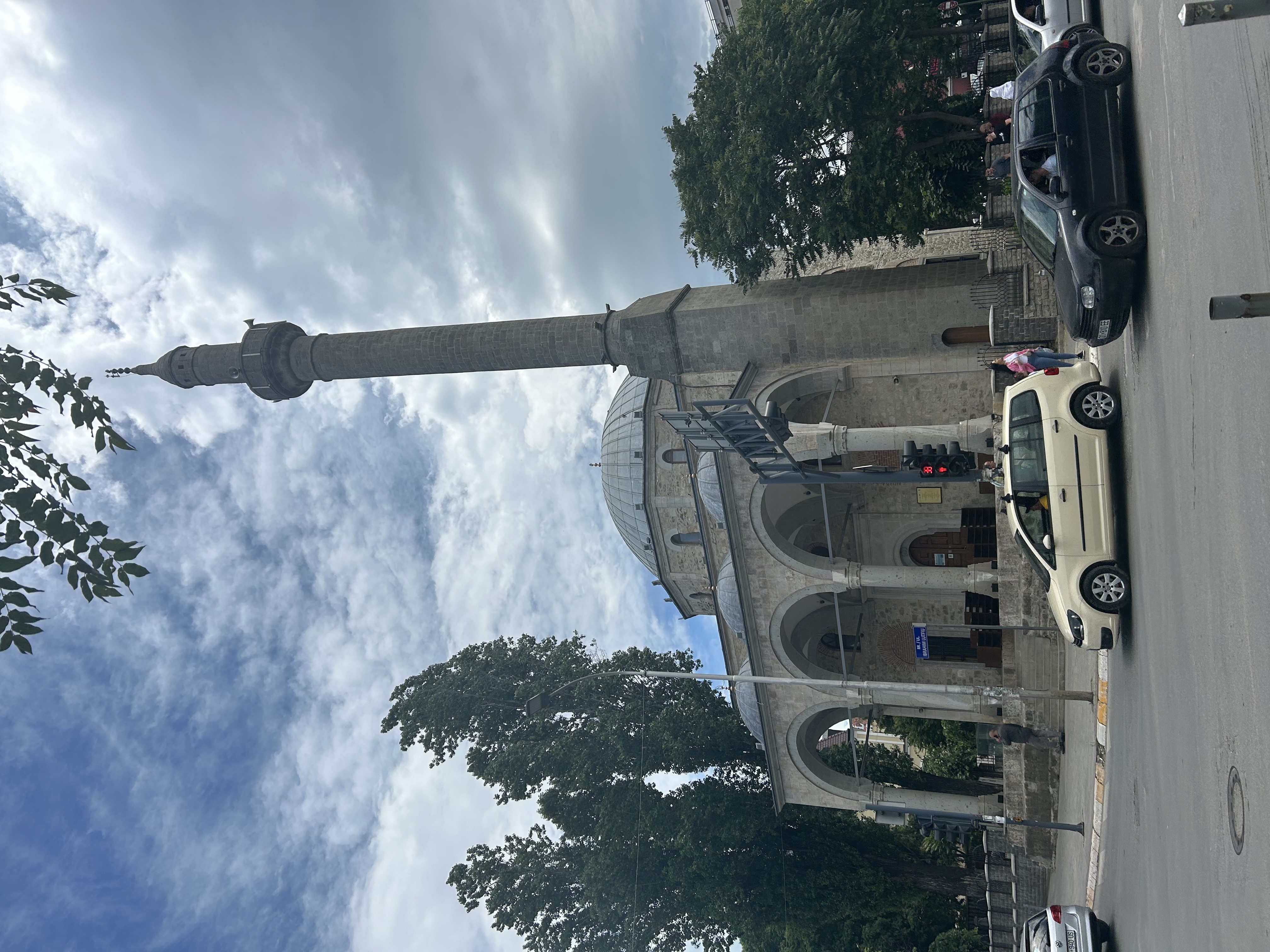
Left: Yugoslav Brotherhood monument
Right: Çarshi mosque
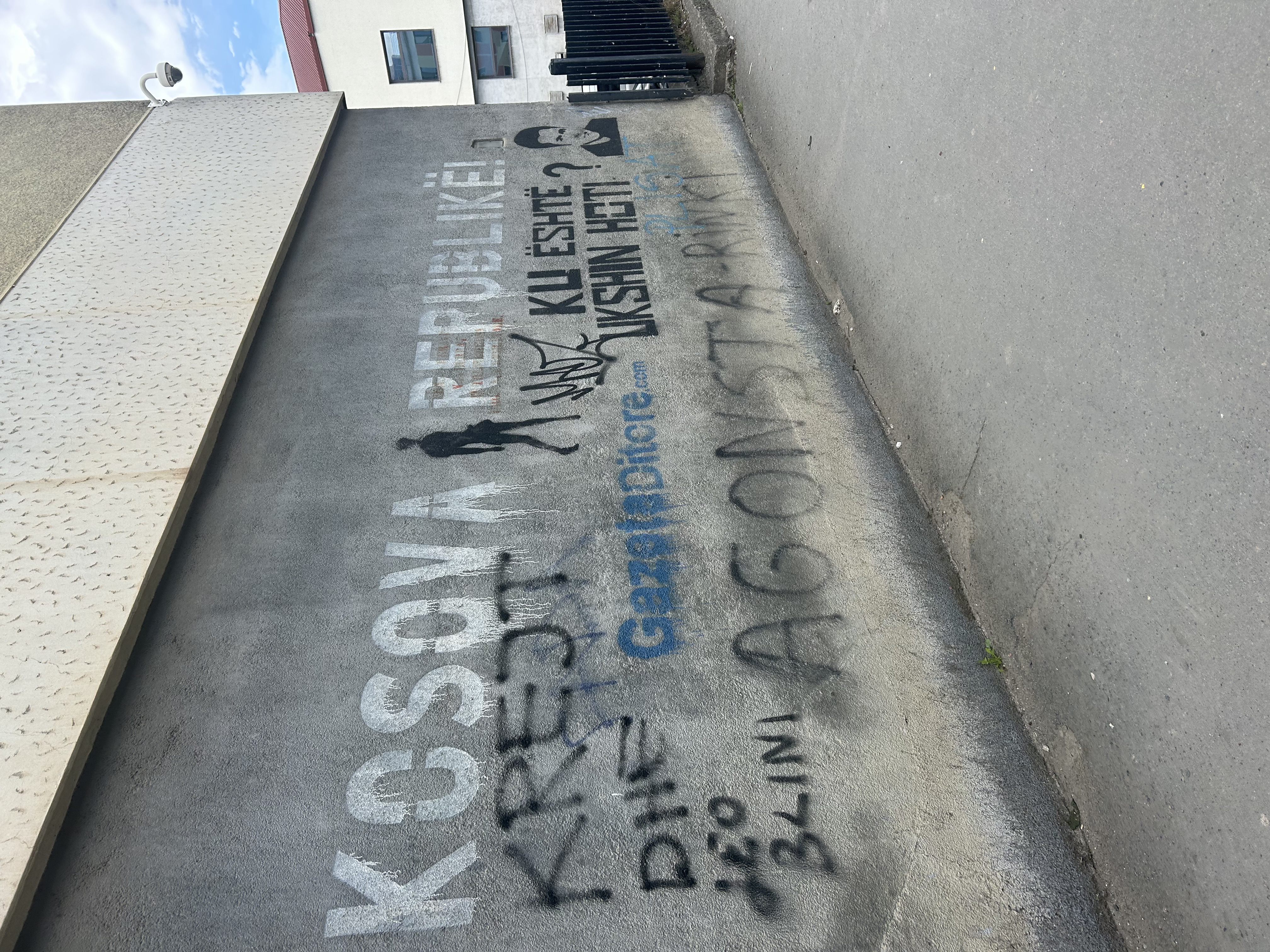
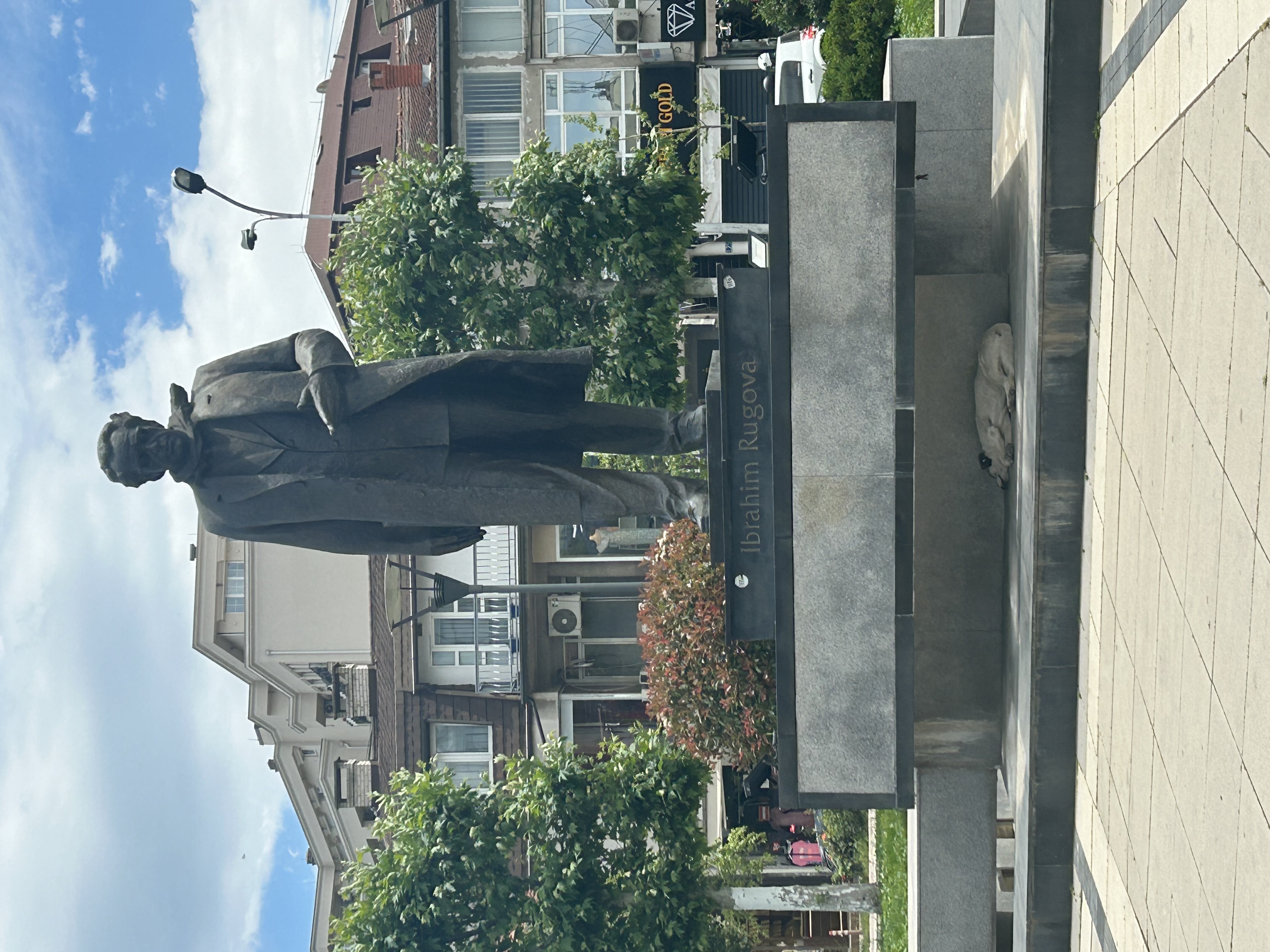
Left: Pristina is filled with both commissioned murals (like the famous Dua Lipa one) and guerilla graffiti
Right: First president of Kosovo, Ibrahim Rugova
Cybercrime:
This week, I attended a joint training on cybercrime and cryptocurrency for judges, prosecutors, and police investigators. It was held by the Academy of Justice with the United States Embassy and the Department of Justice's Overseas Prosecutorial Development Assistance and Training. This was a much more intimate group than my conference last week, with about thirty participants. This size led to a more through discussion between participants and more specific questions for the trainers.
Cybercrime, such as ransomware, piracy, hacking, phishing, and DoS attacks, presents a unique challenge for governments, corporations, and private individuals. There are no traditional boundaries and crimes are usually complex in nature. This can make internet crimes difficult to prosecute with issues of jurisdiction, evidence collection, and the differences in statutes between states. Both prosecution and defense can require a high level of expertise in team members. One statistic that stood out to me was that if cybercrime was a sovereign economy, it would be the 3rd strongest globally with over $3.8 billion dollars worth of commerce per year.
Technology is both a blessing and a curse for the legal field. On one hand, we have electronic case management systems and remote hearings, making courts more efficient and convenient but it can also create a new playing field for criminals and black market trade. In fact, most crimes today involve some sort of digital evidence, whether it be mobile phones, email accounts, digital banking, or social media. Social media, alone, accounts for millions of terabytes of new information daily. Within cross-border crimes, the collection, preservation, and distribution of evidence requires cooperation between all and any jurisdictions where the crime occurred, suspects reside, or victims can be found.
While Kosovo is not part of the Council of Europe, it has enshrined many of their conventions into its Constitution and laws, including the Budapest Convention, the leading protocol on cybercrime. In 2022, an additional protocol was added on increased cooperation and distribution of electronic evidence. While maintaining the confidential nature of the audience discussions (so participants can speak freely about their frustrations), I found the discussions between police investigators and prosecutors to be especially enlighening on the difficulties of obtaining search warrants, collection methodology, and requesting information from other European countries. Judges in Kosovo primarily focused on how emerging this field is in the court system and while cryptocurrency is not heavily found in their cases, it is a topic of interest as a future trend.
Further reading:
~ Ottoman Odyssey: Travels through a Lost Empire by Alev Scott
~ Council of Europe: International Cooperation Against Cybercrime
~ UNODC: Module on Formal International Cooperation Mechanisms; Module on Cybersecurity and Cybercrime Prevention
~ You'll See This Message When It is Too Late: The Legal and Economic Aftermath of Cybersecurity Breaches by Jennifer Wolff